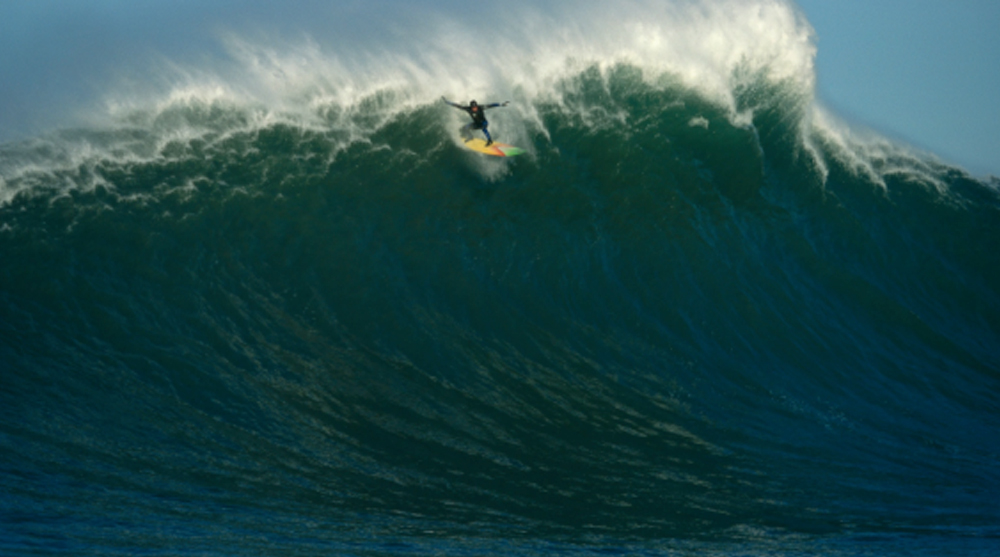
We’ve all had that feeling after a solid 3-hour surf, or even more rare- multiple surfs in a day. That ache which makes you doubt your capability to lift your pint to your face. That is commonly known as muscular fatigue or DOMS (delayed onset muscle stress). This kind of pain, most commonly in your shoulders and lower back, is defined as a chronic pain or in some cases injury. Because of the unpredictable nature of the manoeuvres in surfing unfortunately we are an injury prone bunch.
There are two main types of injury classification
However, don’t panic, there are still steps you can take to ensure that your body is in as good a condition as possible to stop such freak accidents from occurring.
One of the main culprits which has proven to be prone to injury is the shoulder joint and its surrounding girdle and muscle groups.
First of all, the main priority is to stabilise the joint by strengthening the surrounding muscle groups, whilst also ensuring we maintain suppleness and range of motion in the shoulder. In order to do this, a manageable base point to start at would be to perform basic stretches every day, or after every bout of exercise, be it surfing or a complementary form of surf training, as demonstrated below.
When hoping to strengthen the shoulder girdle, the obvious choice to build muscle mass about the joint is to surf more. However, if this is not possible, such activities as swimming, stand up paddling or various weighted or body weighted exercises, such as…
The Theraband is great for less resistance if you aren’t that familiar with the techniques associated with weights, or building up stability from scratch around a previous injury. Some key movements are demonstrated in this video
Next, we’re going to talk about back pain. Often ranging from a dull ache to full blown spasms. What can prevent these? Many prefer massage or stretch therapy to aid in the eradication of back pain. Again, for self prescribed rehab, a mixture of a lot of mobility work and some strengthening exercises to your lower back, glutes, hammys and core. Some good ways to build strength and stability around these areas are:
–Note: All exercises below require you to engage your core and gluteals (bum muscles), fail to do so and risk further pain!
In terms of loosening off the lower back and increasing range of motion, a lot of surfers of all capabilities have found various types of yoga hugely beneficial for not only lower back maintenance, but overall balance, glute stability and increasing core strength. Different types of yoga suit different people, and it’s mostly down to personal preferences. The main practices can be loosely categorised into the following, however there is a lot of crossover within each form of yoga:
Which ever style of yoga you choose to participate in, there is a high chance you’ll recognise its benefits to your surfing with some persistence and commitment to classes; be it in your recovery time, your flexibility, or your balance.
Lastly, we are going to address the knees. They are notoriously prone to injury due to their flawed design, and lack of awareness of how to look after them properly. Within the context of surfing, the knee joint is prone to vast range of acute and chronic injuries such as ligament damage, patella inflammation, or general wear and tear in the knee socket and surrounding tissue. Similarly, to lower back health and glute stability, the knees need a mixture of improving the strength of the glutes, hamstrings, and quad muscle groups through exercises such as:
But also complementing that by elongating of all these muscle groups as well as the Iliotibial Band (ITB) as shown in the diagrams below, where we can see the ITB, glutes, lower back, obliques and hamstrings are targeted. The only areas not targeted that well from the above stretches include the quads, hip flexors and the calf muscles. Demonstrations of these are below:
When wanting to promote stability and strength in the knees and ankles, the Indo Board is as close to surfing as you can get in terms of balance related training. It is essentially a solid skim board and a cylinder or cushion; the aim is to balance or perform controlled actions or manoeuvres to improve balance and therefore mimic surf related movements (to an extent). It is a big enough challenge to simply stand stably on the Indo Board with the roller underneath, but for those wanting to advance there are many more balances to learn, such as; squats, cross-steps and push ups.
So, knowing what you now know about looking after your shoulders, lower back, hips and knees, you should be able to address most problem areas that may start to present themselves. For more serious or persistent pains its definitely worth seeing a physio, or sport/massage therapist to help with your rehabilitation back to full strength and hopefully pain free surfing.
Generally speaking, physically keeping yourself in the best surfing condition is a combination of common sense, i.e, enough sleep, eating a balanced diet, exercising often, being responsible and admitting to yourself that something may be wrong, and doing your surfing a favour by addressing it before it becomes a real issue.
Get Involved